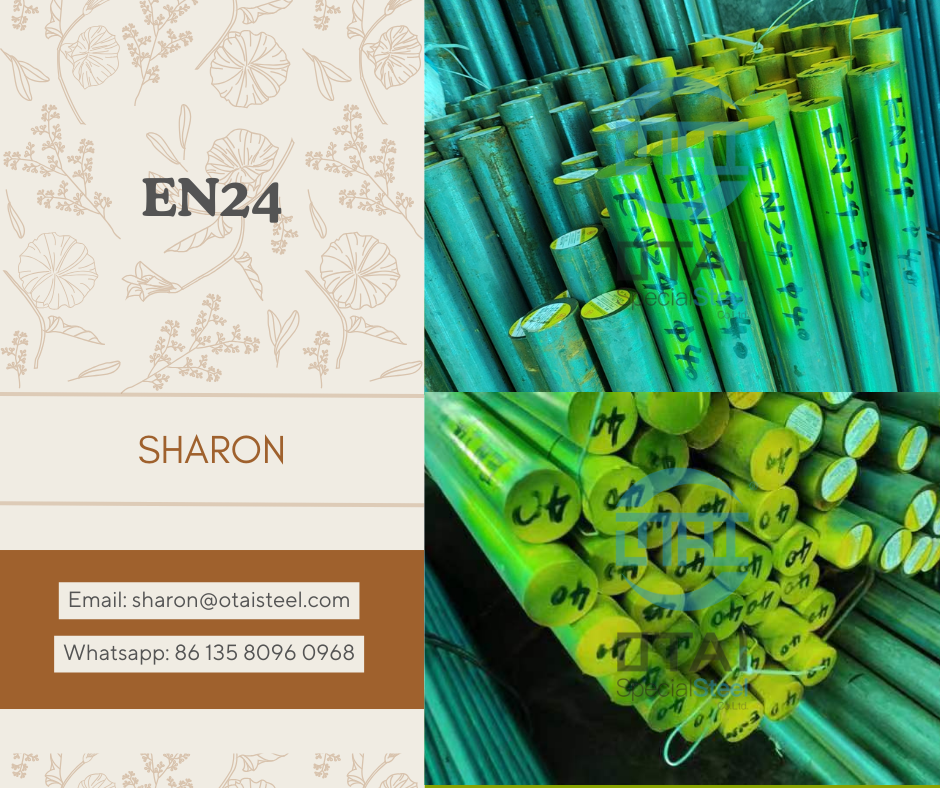Introduction:EN24 vs EN19
In the world of engineering and manufacturing, choosing the right materials is crucial for ensuring the strength and durability of the final product. Two commonly used steel materials, EN24 and EN19, often raise questions and confusion. In this post, we will delve into the characteristics and differences between EN24 and EN19 to help you make an informed decision when selecting the right steel for your specific application.
Understanding EN24 and EN19:
EN24 and EN19 are both high tensile steel grades that find extensive use in various industries. These materials exhibit excellent mechanical properties, making them suitable for applications requiring high strength and resistance to wear. However, there are notable differences between the two that can significantly impact your choice.
Chemical Composition:EN24 vs EN19
- EN24: EN24 is known for its high nickel and chromium content. This composition gives it exceptional hardenability, wear resistance, and toughness. The addition of molybdenum further enhances its properties, making it a preferred choice for applications like gears, shafts, and high-stress components.
- EN19: EN19, on the other hand, has a lower chromium content compared to EN24. It contains a moderate amount of molybdenum, making it a reliable choice for applications where high strength and toughness are essential, such as axles, crankshafts, and connecting rods.
Mechanical Properties:
- EN24:
- High tensile strength
- Excellent wear resistance
- Good fatigue strength
- Suitable for high-stress applications
- EN19:
- High tensile strength
- Good impact resistance
- Ideal for applications with heavy loads and shock
Heat Treatment:
- EN24: EN24 requires a complex heat treatment process to maximize its properties. It is typically oil-quenched and tempered to achieve the desired hardness and toughness.
- EN19: EN19 is easier to heat treat compared to EN24. It can achieve the required mechanical properties through a straightforward quenching and tempering process.
Applications:
- EN24:
- Gears
- Crankshafts
- Heavy-duty shafts
- Aircraft landing gear components
- EN19:
- Axles
- Connecting rods
- Bolts and fasteners
- Hydraulic components
Conclusion:EN24 vs EN19
In summary, while both EN24 and EN19 are excellent choices for high-stress applications, your decision should be based on the specific requirements of your project. EN24 offers exceptional wear resistance and toughness, making it suitable for applications where components are subjected to extreme stress and wear. On the other hand, EN19 is known for its high strength and impact resistance, making it ideal for applications with heavy loads and shock.
If you need to inquire about EN24, reach out to reputable steel suppliers or manufacturers. For further assistance or inquiries, please contact us at sharon@otaisteel.com or via WhatsApp at +8613580960968. We are here to help with your steel material needs.











